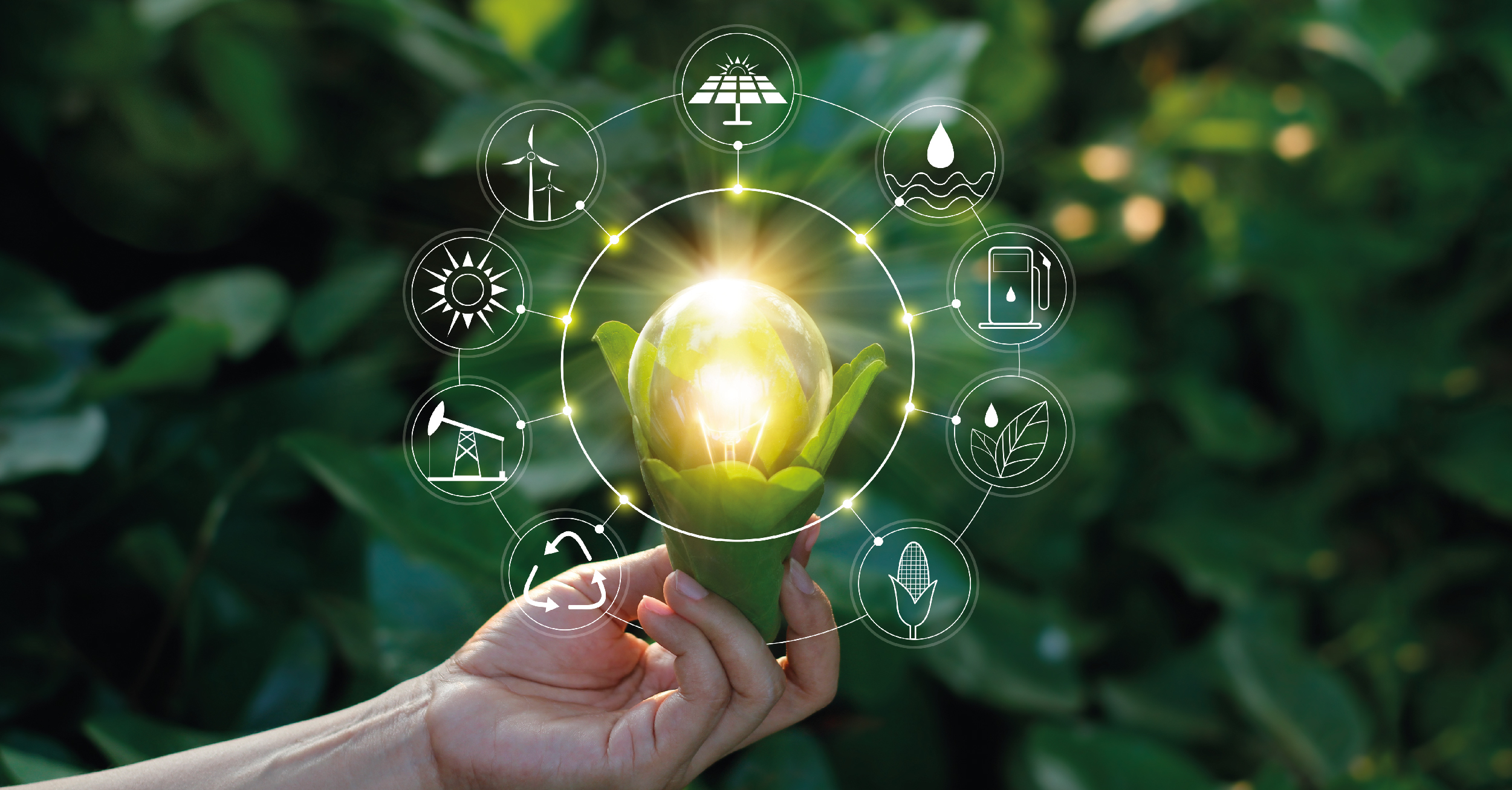CEBA Member Highlight: Salesforce

Salesforce’s first international renewable energy agreement contemplates more than the megawatts.
As a cloud pioneer and sustainability leader, Salesforce is responsible for the transition to clean and renewable sources of electricity this decade. We want a future in which clean and renewable energy is powering the world around the clock.
This will take a suite of actions, including trillions of dollars in investment, policy and regulatory changes, technology innovation, and much more. One step on that journey is our commitment to reach 100% renewable energy by 2022. For us, that means purchasing renewable energy equivalent to the amount of electricity we’ve used to power our global operations on an annual basis.
Purchasing renewable energy is about much more than just adding new megawatts of renewable energy to the grid. It’s about improving the state of the world. And, we quickly learned that not all renewable energy is created equal. Two projects with identical transactional details can have enormously different impacts on the world.
To help identify projects that have the greatest positive impacts, and least negative ones, we created a renewable energy procurement matrix — a tool for scoring projects across different economic, environmental, and social criteria. As we began to evaluate international markets, we leveraged a similar approach scoring geographies based on key impact and logistical criteria. Australia was identified as one of several key geographies that had the potential to maximize the positive benefits of a renewable energy procurement.
The result of this regional and project level analysis is Salesforce’s first international renewable energy agreement, with X-ELIO’s Blue Grass solar farm, located in Queensland, Australia. The Blue Grass solar farm is an excellent example of how renewable energy projects can improve the state of the world. While there are inevitably tradeoffs, this project excelled in a number of categories including:
- High avoided emissions: Blue Grass has the highest avoided emissions rate of any project in Salesforce’s portfolio, over two times that of a comparable project in California.
- Land-use: Blue Grass is sited on land with low ecological value, avoiding sensitive vegetation and wildlife habitats.
- Community Engagement: In addition to creating 400 construction jobs, X-ELIO is dedicating a percentage of the annual gross income of the project to a Community Support and Benefit Sharing Program, which will support local community projects in areas such as education and community renewable projects.
As our first international procurement, we had several critical learnings through the process. With any international market, there were numerous nuances that differentiate the Australia market from the U.S. market. One particular challenge was that the Australian government was in the process of exploring the Coordination of Generation and Transmission Investment (COGATI) reforms – material regulatory changes to energy pricing. Specific details around what would be included in the COGATI reforms were unclear. Salesforce contemplated numerous strategies to navigate a Power Purchase Agreement amid the uncertainties of the COGATI reforms.
It will take all of us to reach a future where clean and renewable energy is powering the world around the clock. By sharing our approach and learnings, our hope is that others can use and improve upon them.
Get Involved
Will you join CEBA to move the market Beyond the Megawatt? Go here to share your thoughts.
